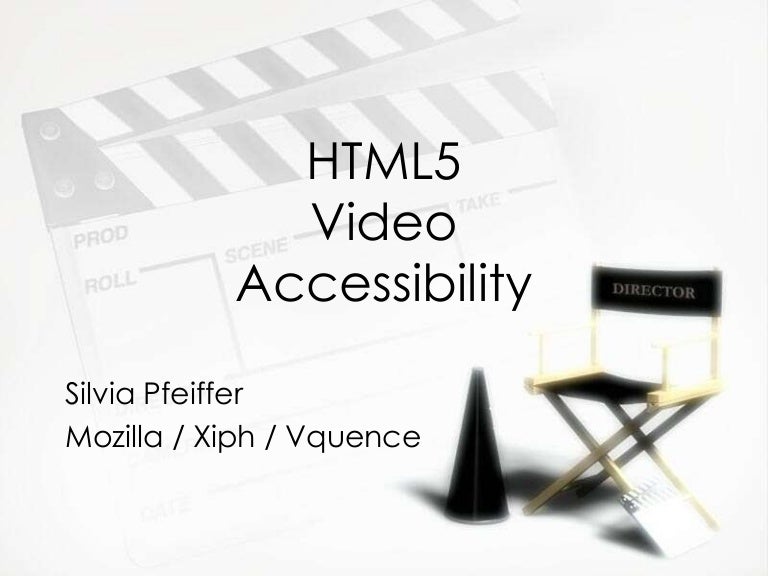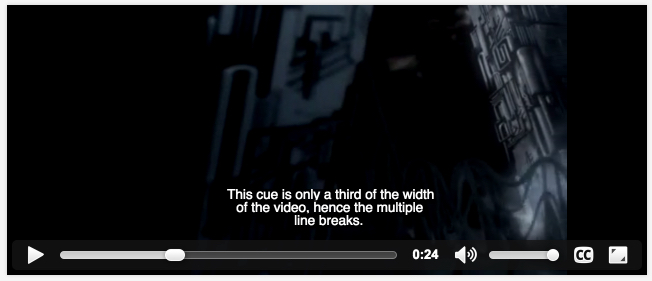

#HTML5 VIDEO PLAYER CLOSED CAPTIONING WINDOWS#
This can be done either using the HTML element to embed a media player, as described in the MSDN document Understanding SAMI 1.0 or using an ASX file, as described in the WebAIM tutorial Captioning For Windows Media. To play closed captions in WMP, the video file and caption file must both be passed to the player. SAMI is the format supported by Windows Media Player (WMP). Unlike SMIL, which references captions that are stored in a separate file, SAMI files include the captions. SAMI, short for "Synchronized Accessible Media Interchange", is Microsoft's format for delivering closed captions.The two formats are described in Apple's Text Descriptors Tutorial and Real's Text Tags Guide, respectively. The format of the caption text file is different in Quicktime than it is in Real Player. To display captions in either of these products, the player must open the SMIL file, which then references the other media files (i.e, the video and caption text file). SMIL is supported by both Quicktime and Real players for delivering closed captions.


Captions are necessary for people who are deaf and hard of hearing to access the audio portion of video presentations.


 0 kommentar(er)
0 kommentar(er)
